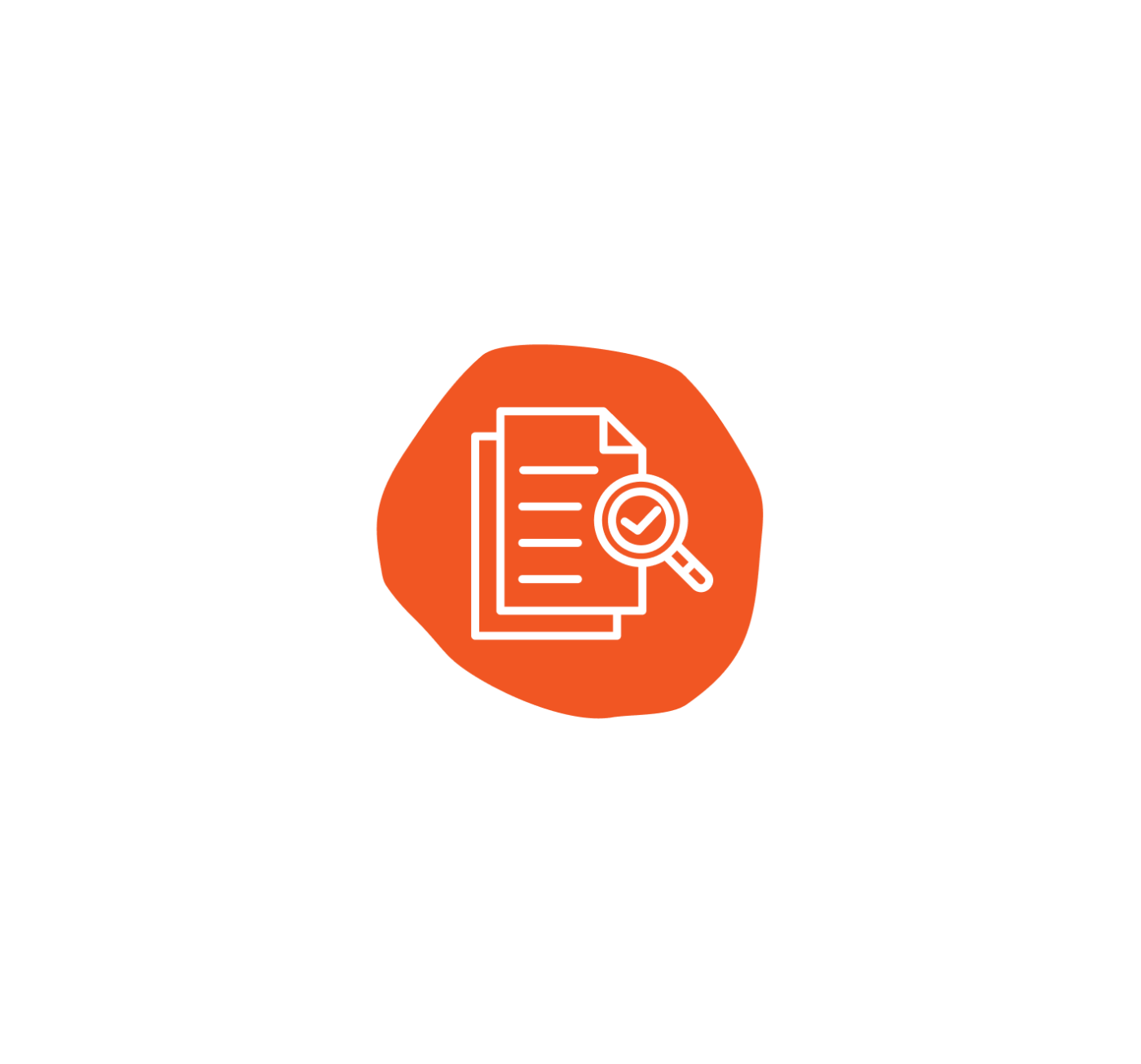Overview
The Alignment stage provided access to tools and resources to support development of a business case for taking action on nature. With leadership buy-in secured, it is time to take the first high-level Action: Assess.
Assessment informs decision-making by helping businesses understand how they interact with nature. This is by measuring dependencies and impacts, valuing them in business terms, and prioritising actions by identifying the most material issues to address first.
Aligned with the Assess phase of the ACT-D framework(Opens in a new tab/window), this high-level action provides guidance to assist businesses to make informed, strategic decisions that support both environmental sustainability and business resilience. Whether you're assessing a single project or the business's entire value chain, assessment lays the foundation for meaningful action on nature.
What 'materiality' means
In this context, 'materiality' means how important nature-related impacts and dependencies are for a specific economic activity. If something is material, it’s significant enough to influence decisions. Understanding materiality helps businesses focus on what really matters.
There are several types of materiality(Opens in a new tab/window) to consider:
- Single materiality: Focuses on how nature-related issues affect the business (also referred to as financial materiality).
- Impact materiality: Considers how the business affects nature.
- Double materiality: Combines both perspectives of single and impact materiality.
- Dynamic materiality: Recognises that what is material can change over time.
What an assessment involves
Assessment is the process to identify a business’s interactions with nature. This means understanding where and how a business depends on and impacts nature.
The assessment can be:
- project-specific (e.g. limited to a specific project or activity)
- landscape-scale
- organisation-wide (e.g. the business's full operations and value chain).
Nature-related dependency is the business’s reliance on environmental assets and ecosystem services. For example:
- agricultural crop production relies on the ecosystem services of pollinators
- the mining and gas industry rely on the stock of minerals and gas
- pharmaceuticals rely on biodiversity and species extent.
Nature-related impacts are the changes, negative or positive, that business has on nature. Consider if the business model creates land- and water-use change, releases pollution and waste into the ecosystem, or introduces invasive species.
Planning and scoping an assessment
Assessment doesn’t have to be overwhelming. Start small and scale up.
Use frameworks like the Taskforce on Nature-related Financial Disclosures's (TNFD) LEAP approach(Opens in a new tab/window) to:
- Locate the business's interface with nature
- Evaluate dependencies and impacts
- Assess risks and opportunities
- Prepare to respond and disclose.
Engagement is a key component of each phase of TNFD’s LEAP approach. TNFD has published guidance on engagement(Opens in a new tab/window) with Indigenous Peoples and local communities and provides suggested questions to support engagement. Consider multiple modes of engagement (e.g. pitching, consulting and collaborating) to make nature-related assessments more collective, holistic and robust.
The TNFD framework recognises that gathering information and undertaking analysis takes time and resources(Opens in a new tab/window). Start with a high-level scan of internal data(Opens in a new tab/window), leveraging existing climate and sustainability work. Identify where likely skill and data gaps exist and plan how to address them.
Collecting and using data
The increasing focus on nature-related risk management will see the demand for high-quality(Opens in a new tab/window), nature-related, granular data grow exponentially in the coming years.
Types of data
Businesses will need different types of data depending on the purpose of the assessment.
For dependency assessments, businesses need to consider where and how they rely on natural systems. This may include:
- water use and availability (e.g. withdrawal volumes)
- material sourcing (e.g. timber, cotton, fish, minerals)
- ecosystem services (e.g. pollination, soil fertility, climate regulation).
For impact assessments, businesses need to understand how its activities affect nature. This may include:
- land-use change (e.g. extent and condition)
- pollution (e.g. air, water, soil)
- waste generation and disposal.
Sources of data
Businesses can obtain data within the business, such as operational data, including on water usage, waste quantities and disposal methods. There are global tools, such as ENCORE(Opens in a new tab/window), which can help businesses to initially identify their value chain nature impacts and dependencies, considering their industry sector.
Businesses may use external nature-related data to establish a baseline of the condition and state of nature where they operate. This baseline provides a reference point to assess impacts of the business’s actions over time. It can inform reporting, stakeholder engagement and continuous improvement. Undertaking periodic reassessments of the state of nature where the business operates allows it to measure its impacts and dependencies over time.
Businesses may already have access to:
- quantitative and qualitative data
- spatial data (e.g. maps, satellite imagery).
Explore public data sources like:
- Environment Information Australia(Opens in a new tab/window) (EIA): Located within the Department of Climate Change, Energy, the Environment and Water, EIA provides national environment data and information. EIA also reports on the state of the environment and the Commonwealth programs that help protect it. The EIA portal(Opens in a new tab/window) provides a range of data, tools and resources to support informed decision making on the Australian environment.
- State and territory portals: These portals offer localised environmental data and information.
State and territory data and information sources
Guidance to support an assessment
Start with these resources to support an assessment:
- ACT-D Framework(Opens in a new tab/window): Guides businesses through the tools and frameworks available. This includes resources by TNFD and the Science Based Targets Network (SBTN)
- TNFD LEAP approach(Opens in a new tab/window): Structured guidance on how to identify, assess, manage and disclose nature-related issues
- SBTN guidance(Opens in a new tab/window): Starts with impact assessment, incorporating materiality screening and value chain assessments.
These developers, and many more, are working together and resources and tools are often interoperable.
Planning tips
- Make use of the business's existing resources and data. SBTN recommends starting with a high-level screening(Opens in a new tab/window) to consider if the business's economic activities are material on pressure categories.
- Consider the sector(Opens in a new tab/window), context(Opens in a new tab/window) and role(Opens in a new tab/window) the business operate in, the scope of the initial assessment, and the data available.
- Get started. Action on nature is not linear, incremental and iterative action is important.
Learn more in the Resource Centre

Guidance on the identification and assessment of nature-related issues: The LEAP approach
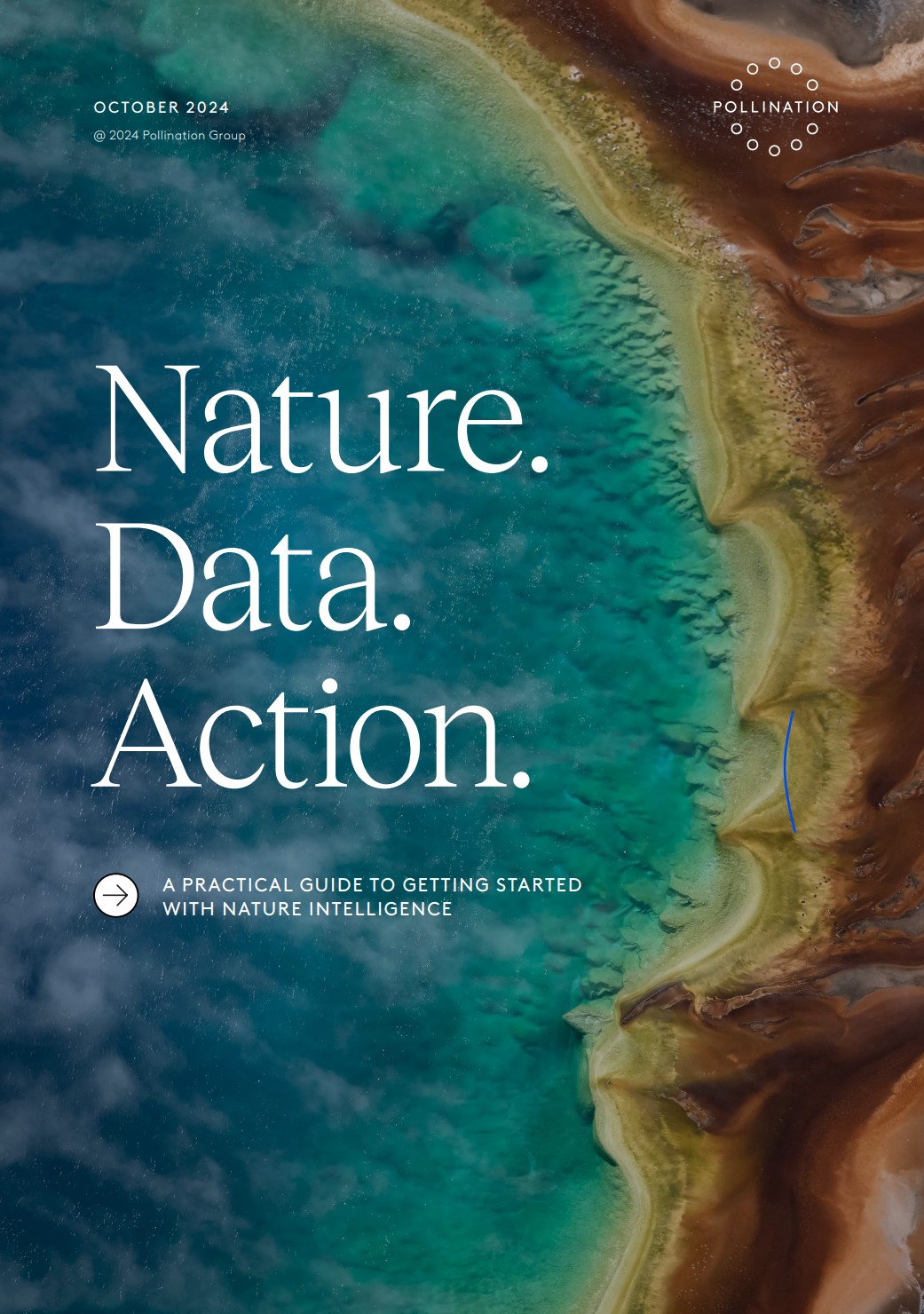
Real-world examples of businesses undertaking nature assessments
Nature Positive Matters’ case studies provide examples of Australian businesses undertaking the assessment process as part of their sustainability planning.
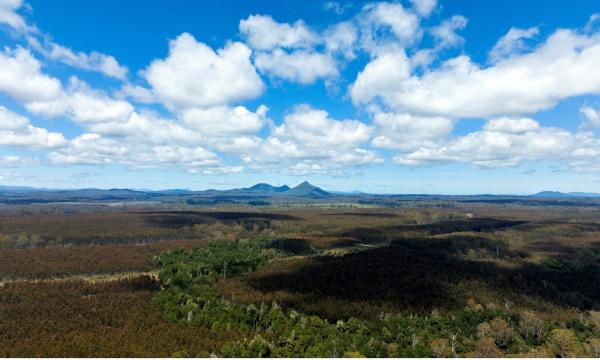
Setting the benchmark in environmental stewardship and sustainability reporting
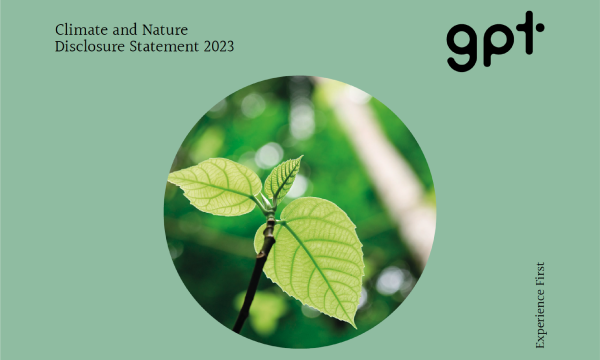
GPT 2023 Climate and Nature Disclosure Statement
Takeaways
Assess nature dependencies and impacts
- Assessment is the process to identify how a business depends on and impacts nature.
- Assessments can be project-specific, landscape-scale, or organisation-wide.
- Use frameworks like TNFD LEAP to guide assessment.
Start with internal insights and prioritise material issues
- Start with a high-level scan of internal resources.
- Focus on addressing the most material nature-related issues.
Establish a baseline and track progress
- Establish a baseline to track changes and support reporting.
- Begin now – progress is iterative.
Next
Explore the Knowledge Hub
Access tools, resources and insights that support business to take nature-related action.

Case Studies
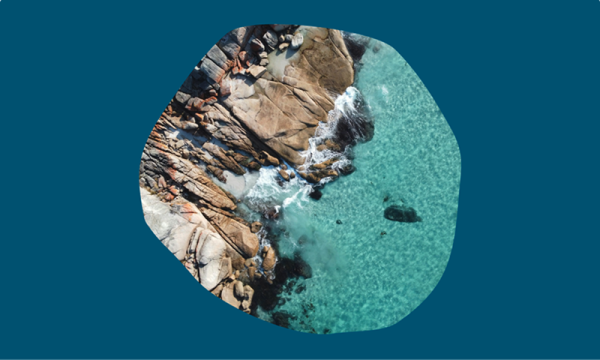
Insights

